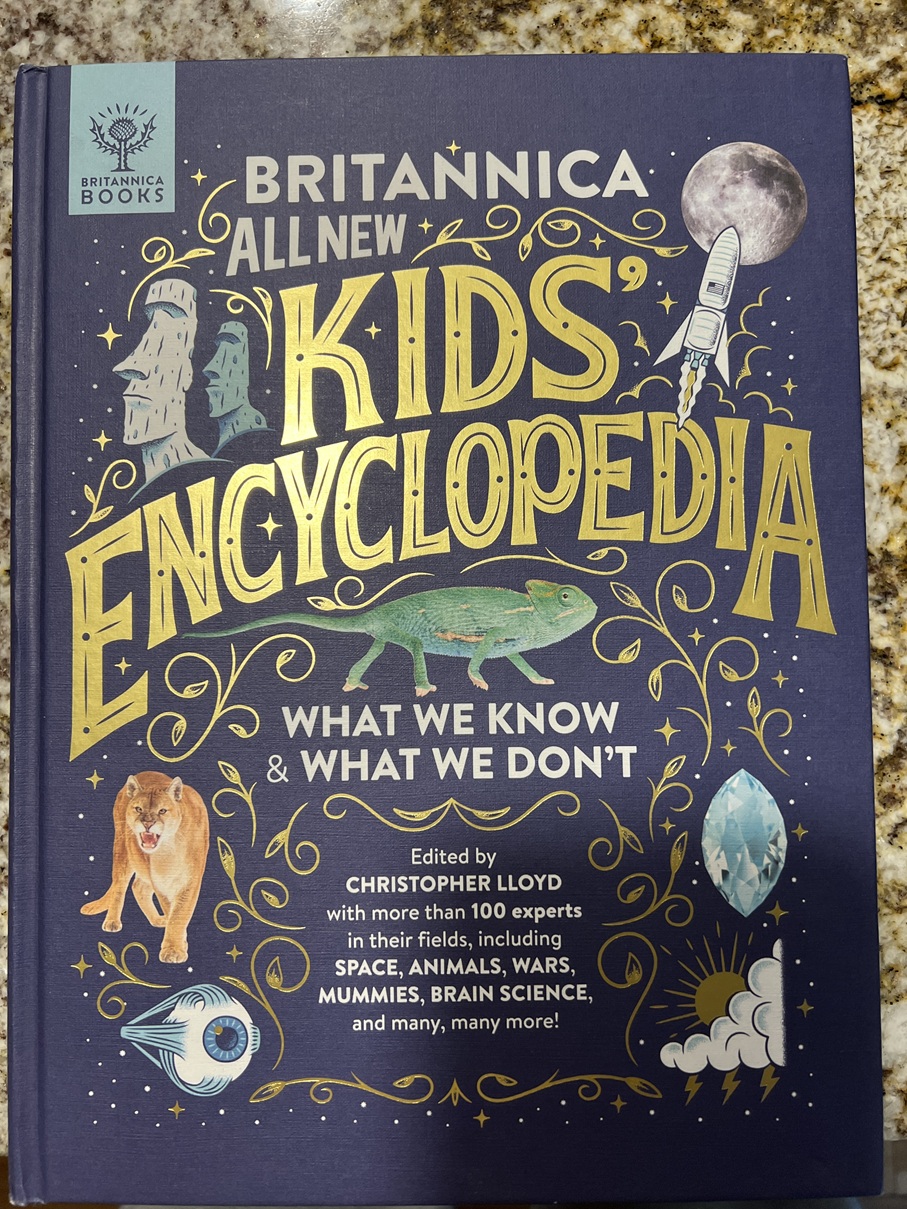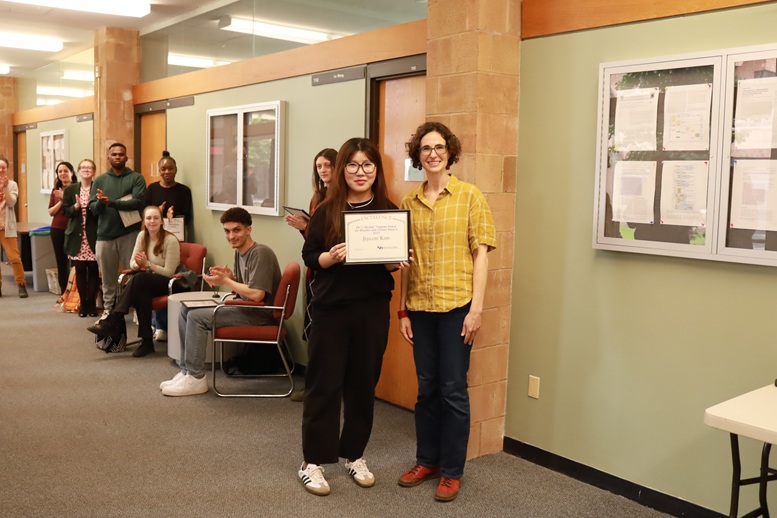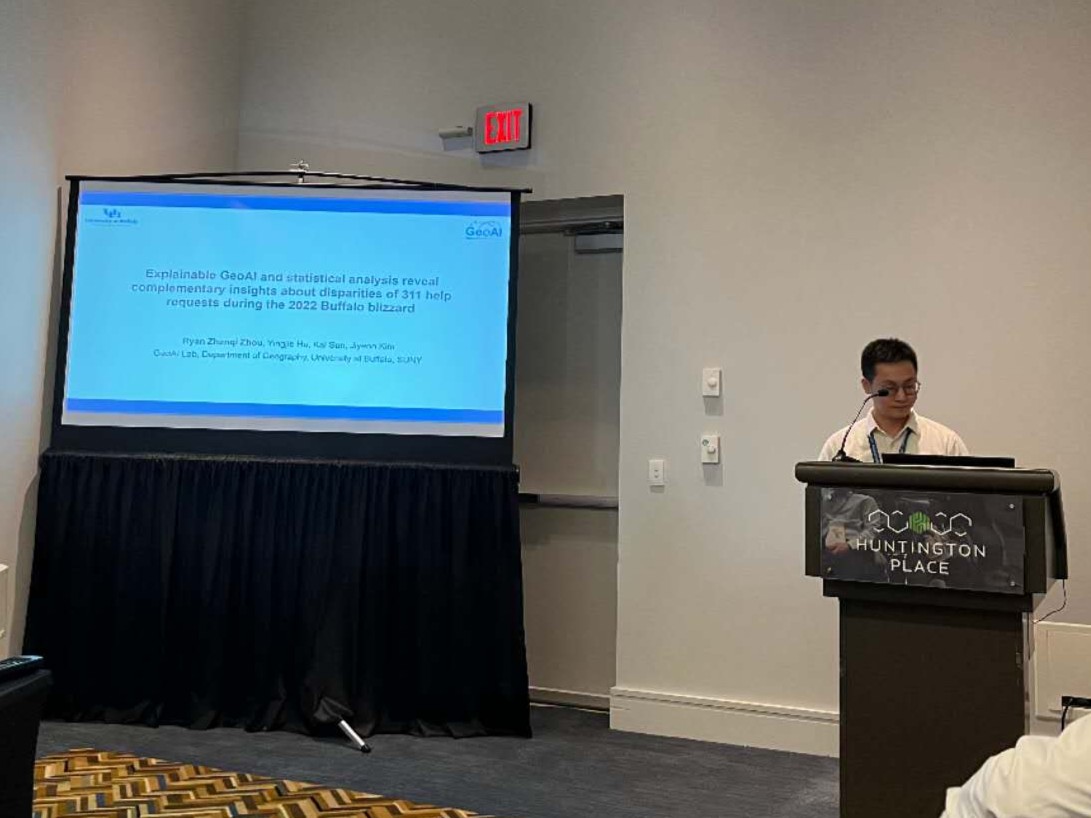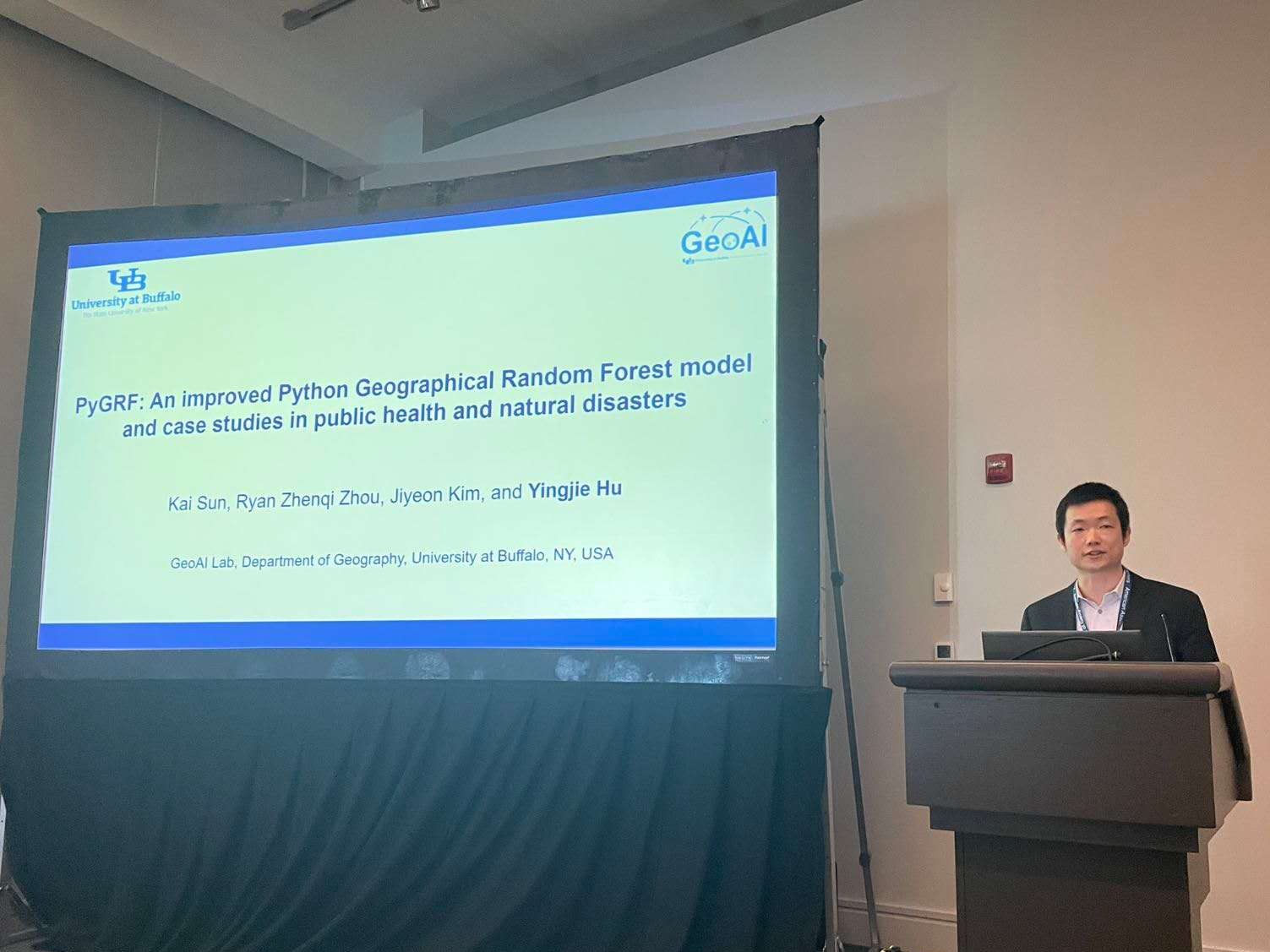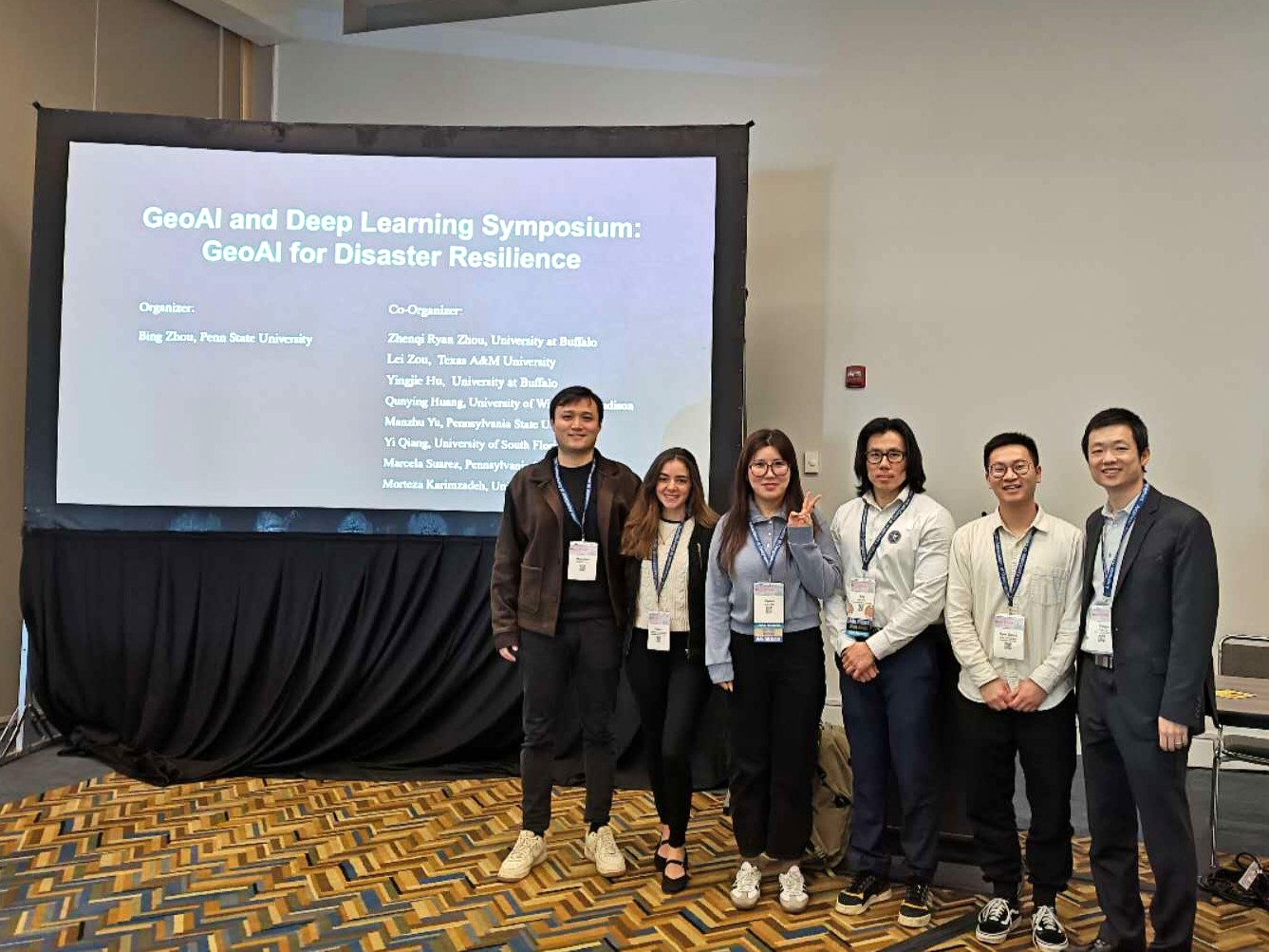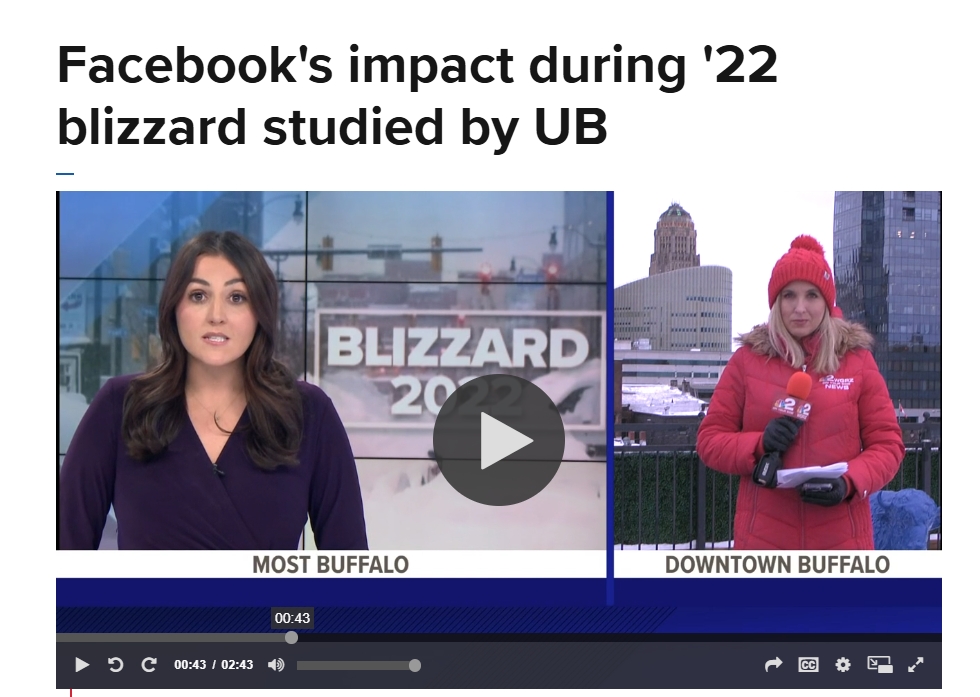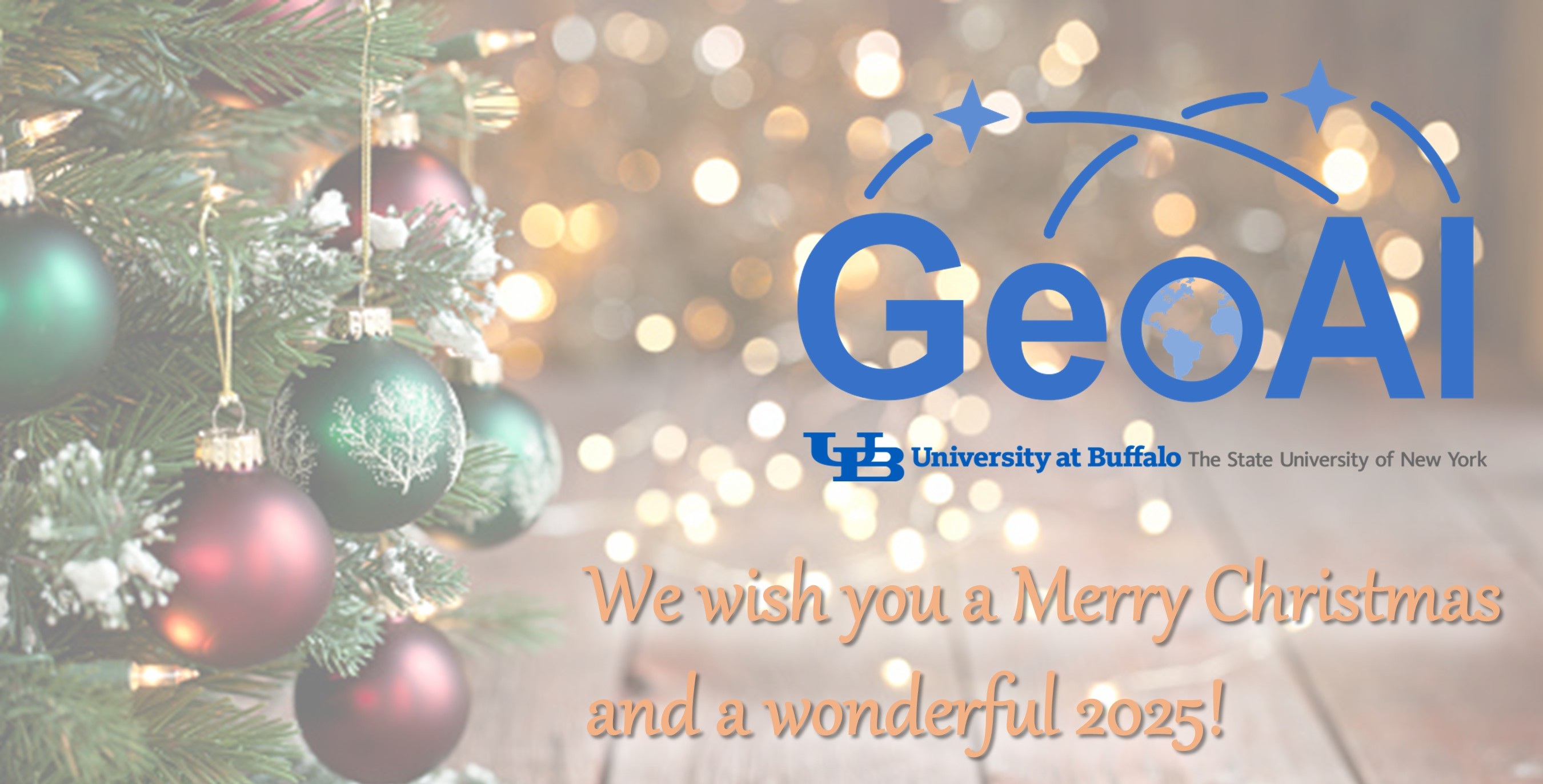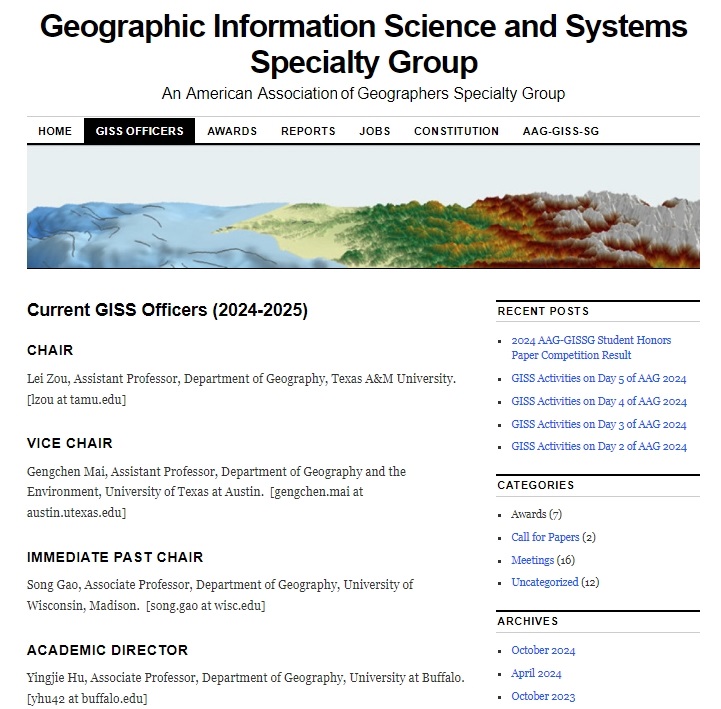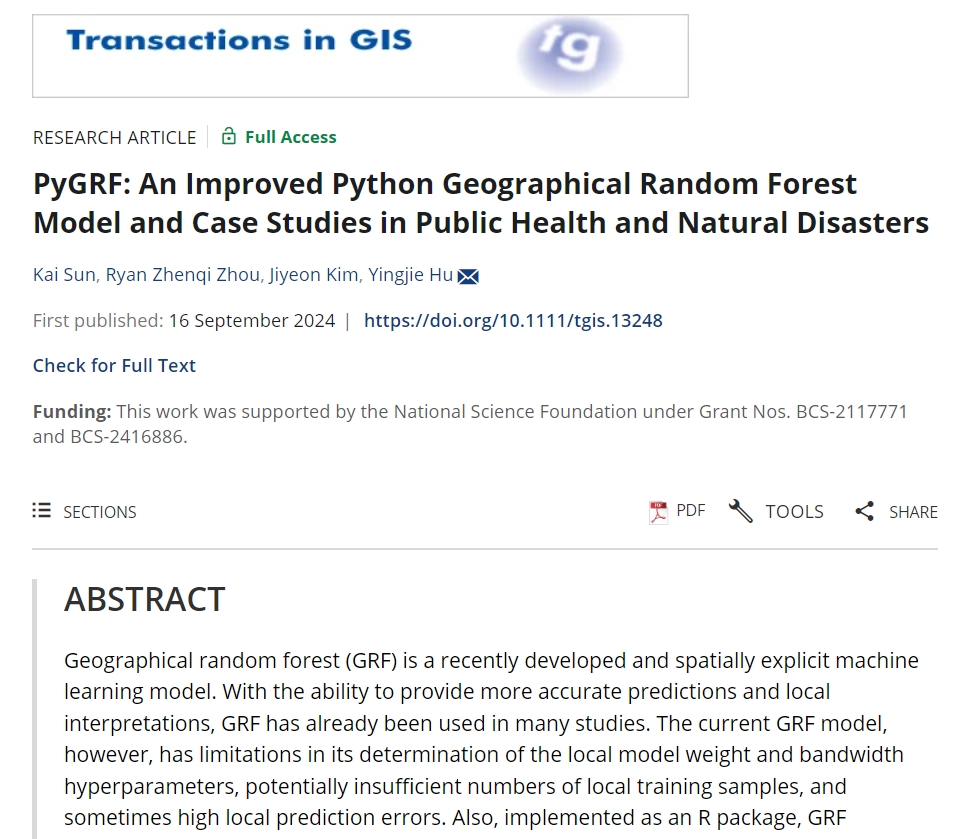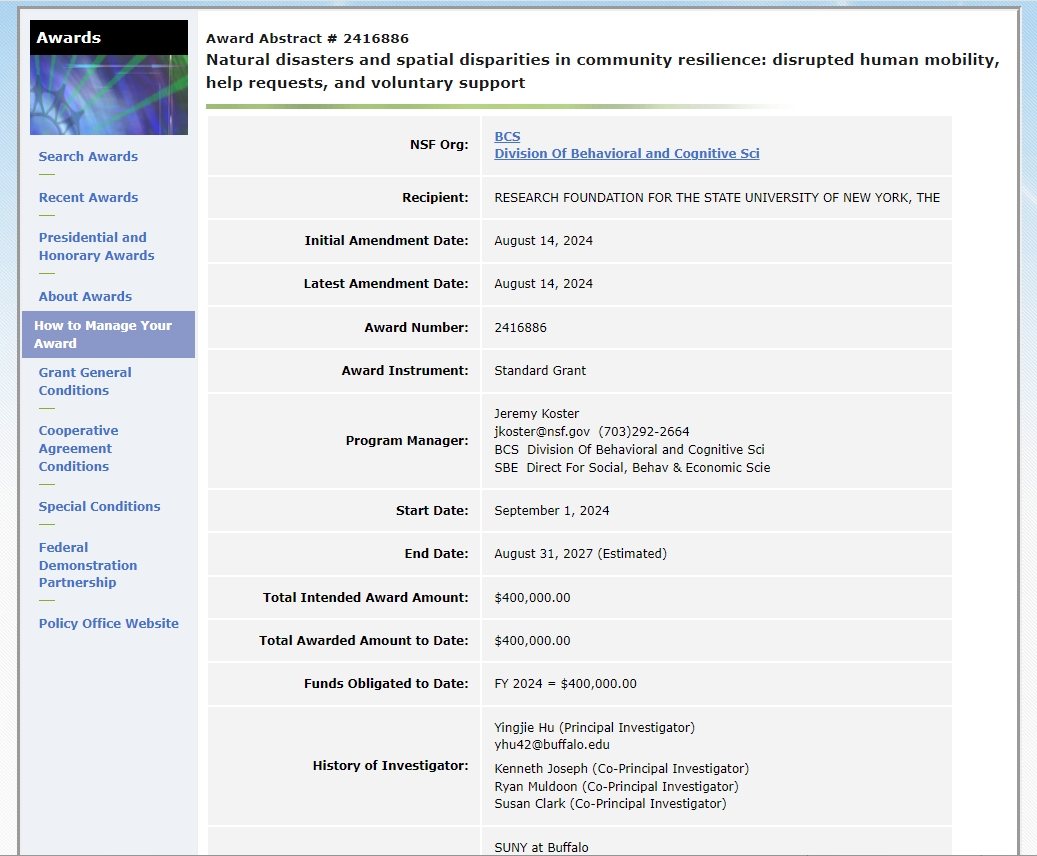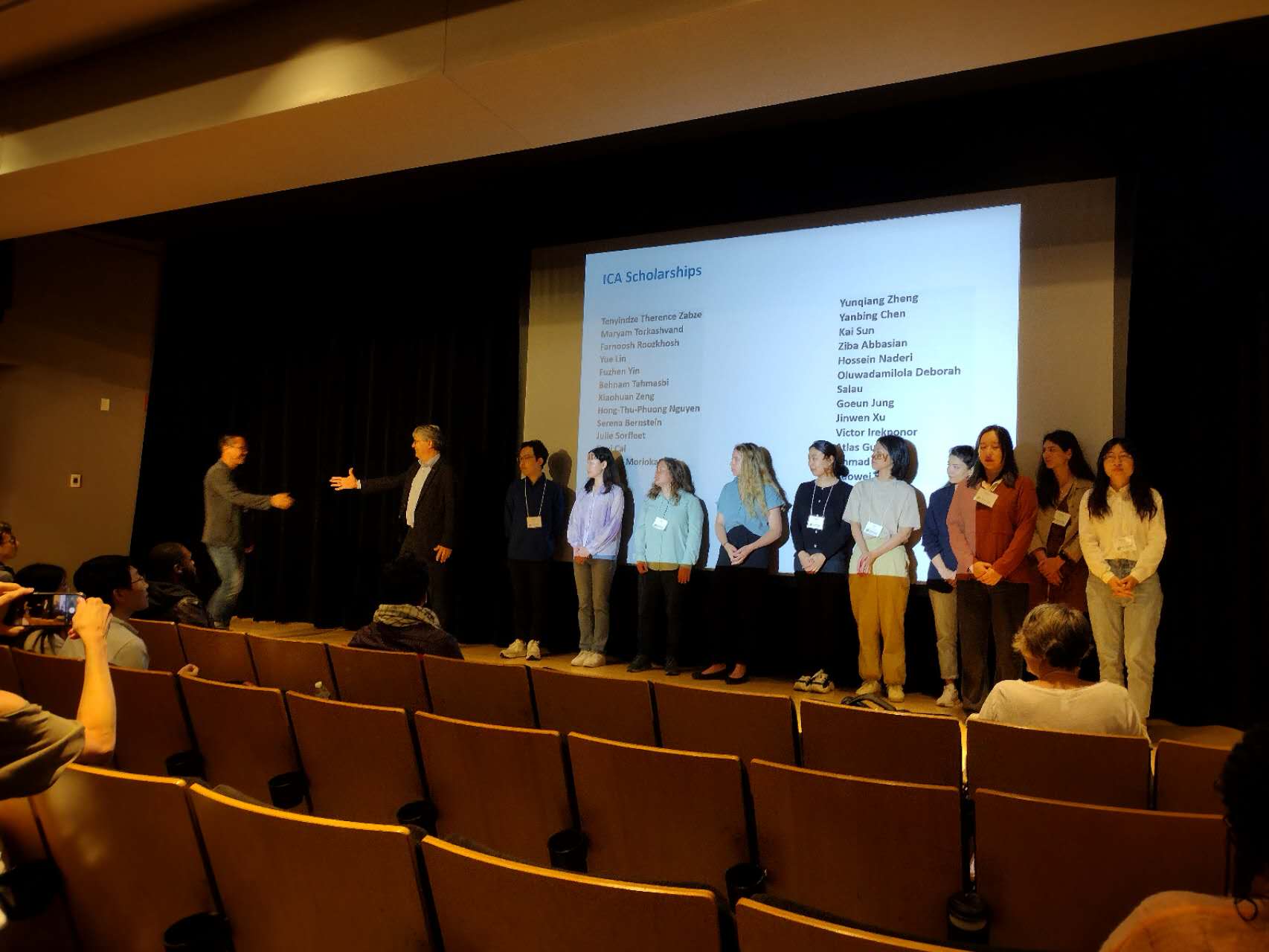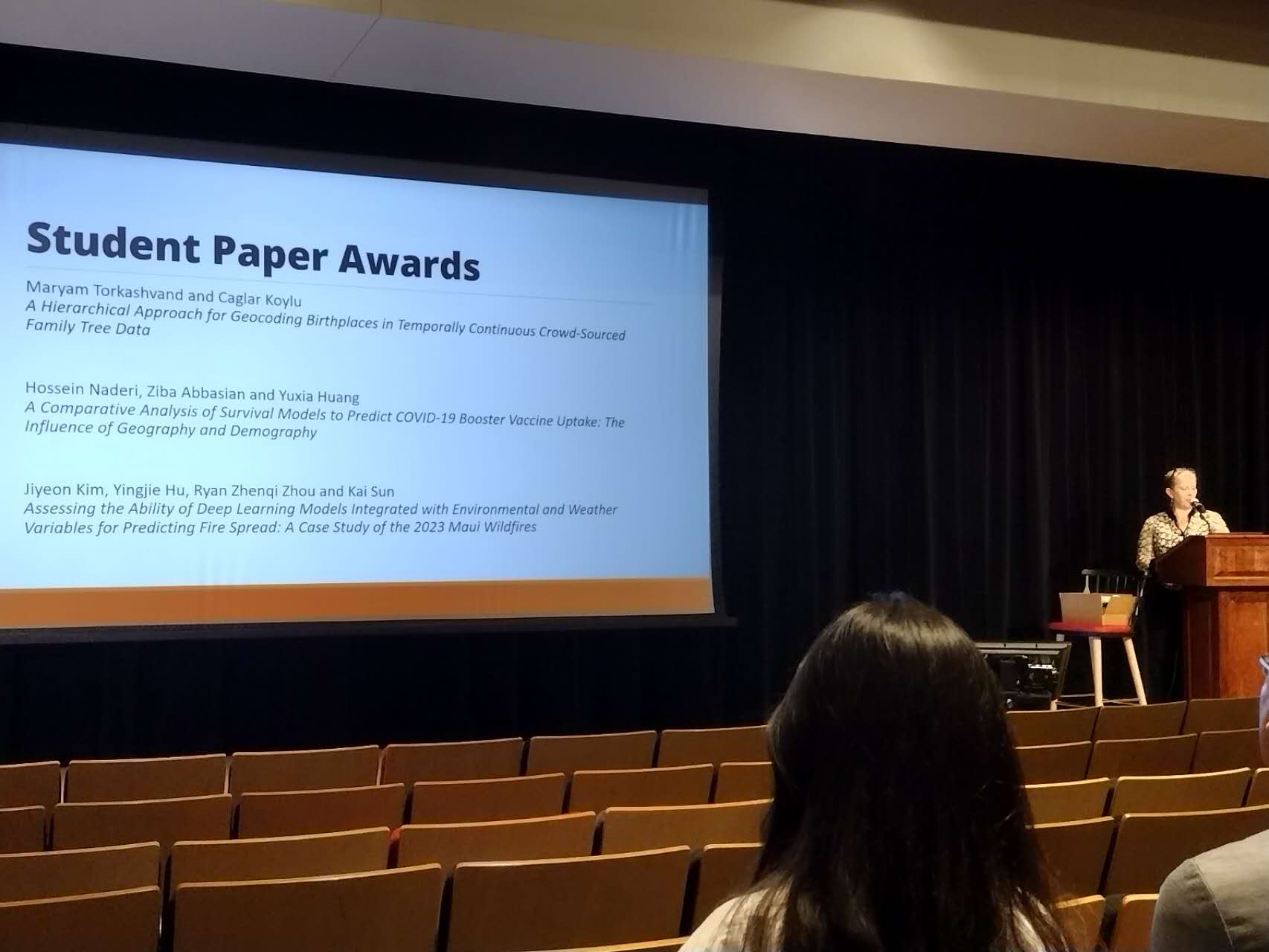Abstract: The 2022 Buffalo blizzard was a catastrophic winter storm that struck Buffalo, New York in the week of Christmas in 2022. It claimed 47 lives and left much of the region stranded for the holiday week. In this disaster, the 311 call service was used by many residents to request help for issues due to the blizzard. This study examines these 311 help requests and their potential disparities across communities. Specifically, we aim to: (1) understand the spatial and temporal distributions of different types of 311 help requests; (2) identify the physical and social vulnerability factors, as well as human behavior factors, that are associated with the use of 311 calls. Methodologically, we leverage both explainable geospatial artificial intelligence (GeoAI) methods and statistical analysis to analyze 311 help requests and their associated factors. Our analysis shows significant spatial disparities in 311 help requests across communities. Results from explainable GeoAI and statistical analysis also reveal complementary insights on key factors associated with 311 help requests, such as historical 311 request behavior and percentage of minority population. These results could inform future disaster management decisions and help mitigate the negative impacts of winter storm disasters.
Full paper is available at: Zhou, R.Z., Hu, Y., Sun, K., Muldoon, R., Clark, S., & Joseph, K., (2025): Explainable GeoAI and statistical analysis reveal complementary insights about disparities of 311 help requests during the 2022 Buffalo blizzard. International Journal of Disaster Risk Reduction, 105635. [PDF]
